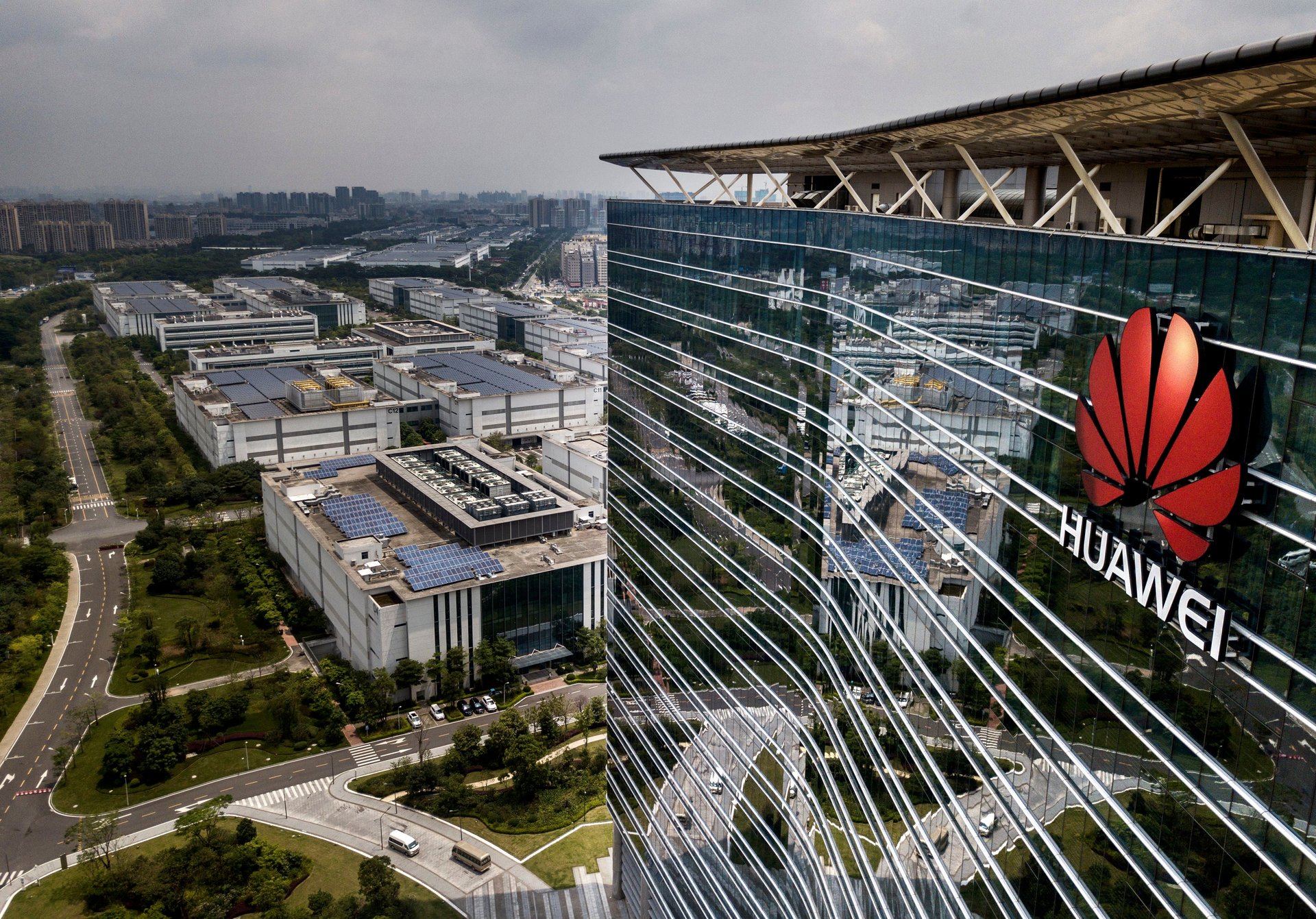Huawei just built a $1.4 billion chip center as it faces U.S. sanctions
The Shanghai-based research and development center will have almost 30,000 employees

One of China’s main competitors in the chip war has built a research and development center for chips in Shanghai as it faces pressure from U.S. sanctions aimed at curbing its advanced technology efforts.
Suggested Reading
The Huawei LianqiuLakeR&D Center is expected to start operations this year with a total investment cost of over 10 billion yuan, or $1.4 billion, according to a release from the Qingpu district government. The release added that the research and development center will help the Chinese tech giant “achieve greater breakthroughs in key technological fields such as 5G, cloud computing and artificial intelligence.”
Related Content
In January, the state-owned Securities Times reported that the center will have nearly 30,000 personnel carrying out research and development of chips, wireless networks, and the internet.
Huawei has been on the U.S. trade blacklist since 2019, and special licenses issued to U.S. chipmakers Intel and Qualcomm allowing the companies to sell to blacklisted Chinese chip firms were revoked in May. However, Huawei has experienced a resurgence in China due to its Mate 60 Pro smartphone, which is powered by a Kirin 9000s chip.
The chip, which uses advanced 7-nanometer processing technology — seen as a blow to U.S. sanctions efforts — was made by China’s top chipmaker, Semiconductor Manufacturing International Corp. (SMIC). However, Bloomberg reported in March that the companies had used technology from U.S.-based Applied Materials Inc. and Lam Research Corp. to make the chips. SMIC reportedly had possession of the U.S.-made technology before U.S. companies were barred from supplying Chinese companies with advanced chips and chipmaking equipment in October 2022.
In April, U.S. Secretary of Commerce Gina Raimondo said Huawei’s smartphone chip “is not nearly as good” and “years behind what we have in the United States” — a sign that U.S. export controls are effective.
Meanwhile, Huawei reportedly is having a hard time increasing production of its Ascend 910B chip — China’s best alternative to Nvidia’s chips, which are not allowed to be sold to Chinese customers — due to components in repurposed chip fabrication machines breaking down.